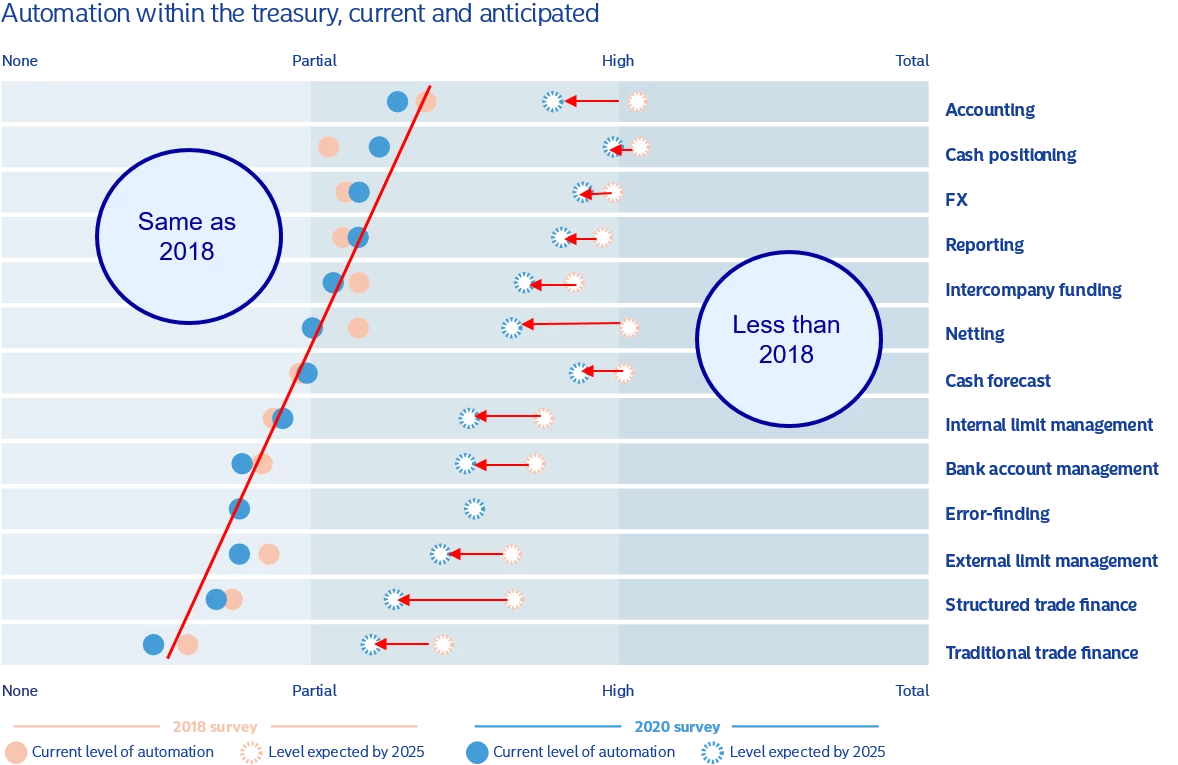Treasury and finance departments want a seat at the strategy table of their businesses.
That’s been a key finding in Nordea’s annual research report surveying finance and treasury departments across the Nordics, according to Johan Trocmé, Director of Nordea Thematics.
“Nearly all large corporate treasuries here in the Nordic region want to be a strategic partner to the business,” says Trocmé, who spearheads the annual report. “One way to earn that position is to show they have a role to play in how to digitalise the business.”
In their latest survey, Trocmé and his team decided to see how far Nordic treasuries have come on their journey to the strategy table. It turns out they still have a way to go.
Trocmé et al. asked roughly 300 respondents from Nordic and international large corporates if the treasury is involved in the digitalisation of the business already today. The answer: yes, but only slightly. When asked whether the treasury or finance function is seen as a strategic partner for how to digitalise the business, the answer is also yes, but only by the CFO and not really anyone else.
“That journey to become a strategic partner to the business and get closer to the business remains ahead of the treasuries. They are not quite there,” Trocmé says.
An urgent need for digitalisation
Trocmé recently presented the survey’s findings on a Nordea webinar that took a deep dive into the theme of FX automation. He noted that when asked about their level of involvement in different areas of the business in 2025, treasuries expect to be more involved in everything across the board, from managing working capital to risk analysis as well as being a strategic partner for management.
“Without a big capacity addition in the treasuries, in order to be more involved in everything, they will need to find that capacity addition somewhere else, and the only place they’re going to find it is by automating. So here there is a pretty urgent need for digitalisation in order to be able to fulfil this ambition,” Trocmé says.
Yet little has happened in the way of automation over the last two years, the survey found. While treasuries still expect the level of automation to increase significantly by 2025, their level of ambition has dropped significantly since 2018.
“It seems we have a pattern here that there have been a number of pilot projects and initiatives to try and automate, where there have been perhaps greater challenges than anticipated to begin with and where the complexity has forced a reality reconnect for the treasuries here,” Trocmé says.




